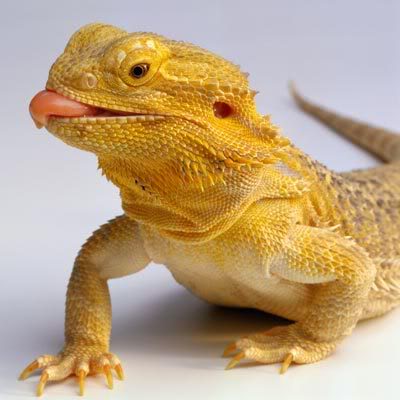Bearded Dragon Laying Eggs: A Complete Guide for Beginners
Introduction
Bearded dragons are one of the most popular reptiles kept as pets. If you own a female bearded dragon, you should be aware of the possibility that she may lay eggs even if there is no male bearded dragon around. In this blog post, we will provide you with a complete guide on bearded dragon laying eggs, what to expect, and how to care for them.
Why do Bearded Dragons Lay Eggs?
Bearded dragons are known to lay eggs even without a male around. This process is called a ‘virgin birth’ or parthenogenesis. The reason behind this is that bearded dragons are capable of producing offspring without fertilization. The eggs produced in such a process are not fertile. Bearded dragons may also lay eggs due to breeding even without a male bearded dragon.
Signs of Bearded Dragon Laying Eggs
A female bearded dragon may show different signs when it’s ready to lay eggs. Here are some of the most common ones:
- Loss of appetite
- Digging behavior
- Restlessness
- Bulging belly
- Frequent urination
- Aggression
- Lethargy
If you notice any of these behaviors in your bearded dragon, it’s important to create a laying box for your pet as soon as possible.
Preparing for Bearded Dragon Laying Eggs
Preparing for the egg laying process in bearded dragons is crucial for the well-being of your pet. Here are some steps to follow:
Create a Laying Box
A laying box is a container designed for your bearded dragon to lay eggs. To make one, fill the box with a substrate that is comfortable to your bearded dragon. You can use a mixture of sand and soil or reptile bedding. Make sure it’s damp enough for easy digging.
Place the Laying Box in the Tank
Place the laying box in the tank so your bearded dragon can easily access it. Choose a spot that is not too hot or too cold, as bearded dragons may try to escape if it’s uncomfortable.
Provide Enough Water
Provide enough water for your bearded dragon to drink and soak in. It also helps to place a hide box in the tank for privacy.
Laying Eggs
Once your bearded dragon starts showing signs of laying eggs, it’s crucial to monitor her behavior. Here are some things to keep in mind:
Stay Calm and Don’t Disturb the Laying Process
When your bearded dragon is busy laying eggs, it’s best to avoid disturbing her. Loud noises or quick movements can cause stress or even harm to your bearded dragon.
Assist if Necessary
If your bearded dragon is having trouble laying eggs, you can try to assist. It’s vital to dampen the cloth in warm water and then stretch it across the cloacal vent. This will help the egg slide out with ease. If the issue persists, take your bearded dragon to an experienced reptile vet.
After Laying Eggs
Your bearded dragon needs time to rest after laying eggs. Here are some tips for caring after the process:
Remove Eggs from Laying Box
Once your bearded dragon has finished laying the eggs, remove them from the laying box gently. If the substrate is damp, put the eggs in an incubation container filled with moist substrate. Keep the eggs in an area with consistent temperature and humidity until the hatchling process.
Ensure Proper Nutrition and Hydration
Your bearded dragon’s diet should consist of calcium rich foods after laying eggs. Your bearded dragon may also need to hydrate more frequently. Keep an eye on its drinking behavior.
Conclusion
Bearded dragon laying eggs is a normal process even when there is no male around. Creating a laying box, providing enough hydration and calcium is essential during the process. Follow the steps mentioned above to give your bearded dragon the care and attention it needs.




